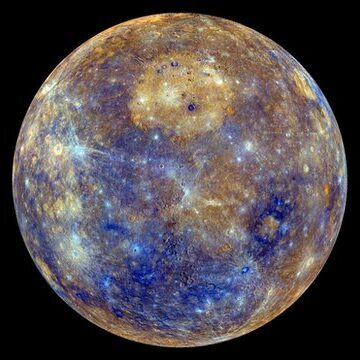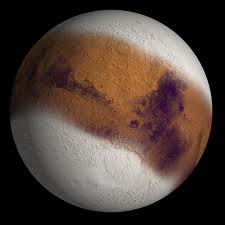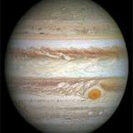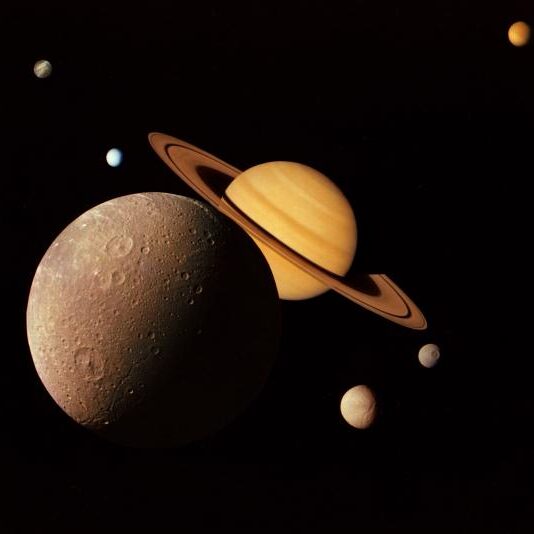Moons of the Planets

About Mercury
Mercury is one rocky planets along with Venus, Earth and Mars. It is the smallest planet in the solar system. It has a thin atmosphere. Mercury takes 59 Earth Days to complete one full revolution. This planet mercury has no moons.

Venus Moons
Venus was once thought to have a moon, named Neith after the chief goddess of Sais, Egypt, and first observed in the year by Giovanni Domenico Cassini. German astronomers called the moon Kleinchen (literally “tiny”), and patchy sightings by astronomers continued until 1892.

Earth Moons
The Moon is the planet Earth’s only usual satellite. It has no formal name other than “The Moon” although it is some times called as Luna, to distinguish it from the generic “moon“. Its symbol is a crescent.

Mars Moons
The Phobos and Deimos are the two moons of Mars and their orbits are seen from above Mars’ North Pole. Both Phobos and Deimos are tidally locked with Mars, always pointing the same face towards it.

Jupiter Moons
The outermost atmosphere of Jupiter is visibly segregated into several bands at different latitudes, which results in turbulence and storms. A prominent result is the Great Red Spot, a giant storm that is believed to have been existed since 17th century when it was first seen by telescope.

Saturn Moons
Saturn has a large number of moons, 49 are currently confirmed, 34 of which have names. The precise figure will never be certain as the orbiting chunks of ice in Saturn’s rings are all technically moons, and it is difficult to draw a distinction between a large ring particle and a tiny moon.

Uranus Moons
William Herschel was the astronomer who discovered Uranus and its two moons. Just six years after discovering the planet, Oberon and Titania was found by the English skygazer in 1787. Uranus has 27 known moons.

Neptune Moons
Neptune has 14 known moons. Among them, Triton is the largest Neptunian moon, consisting more than 99.5% of the mass. Just 17 days after the discovery of Neptune, William Lassell discovered Triton.
Solar System | Mercury | Venus Moons | Earth | Mars Moons | Jupiter Moons | Saturn Moons | Uranus Moons | Neptune Moons | International Space System | ISS Research | Moons of the planet | Magnetosphere | Regions Of Comets | Space Station Glossary | Space Station Abbreviation | Space Station Sitemap | Asteriods | Contact Us